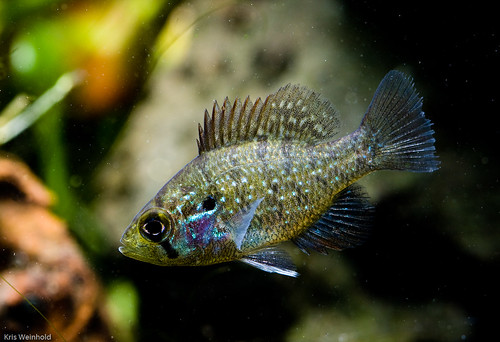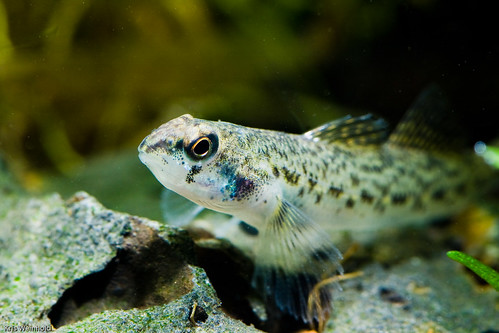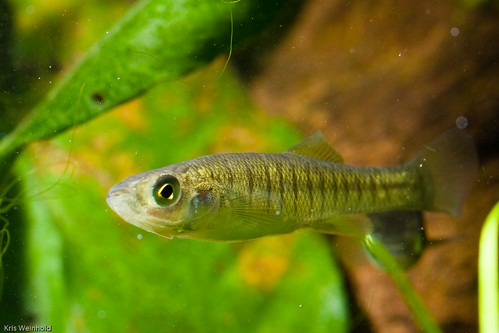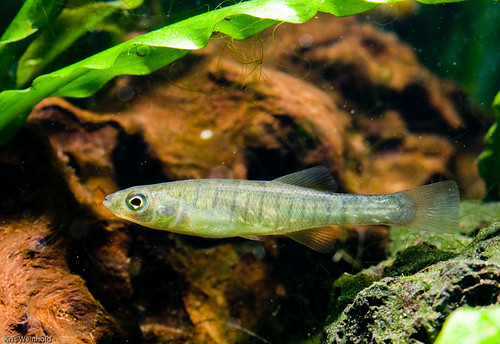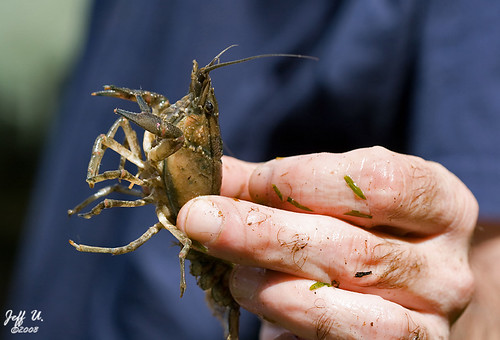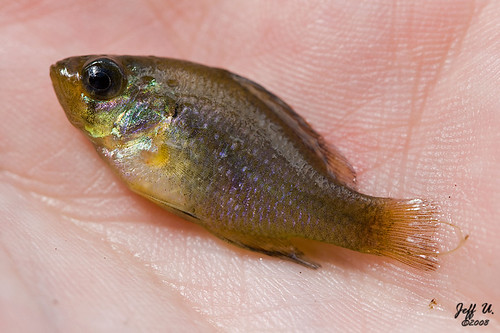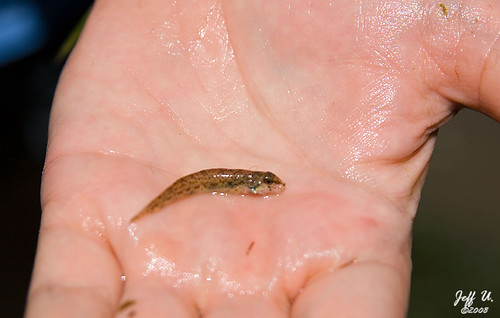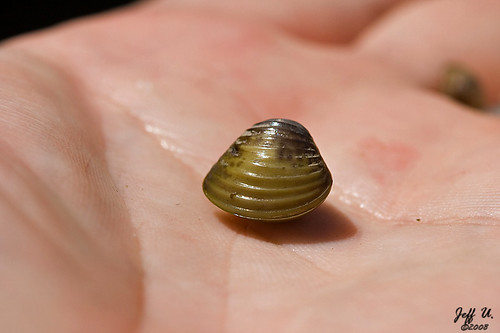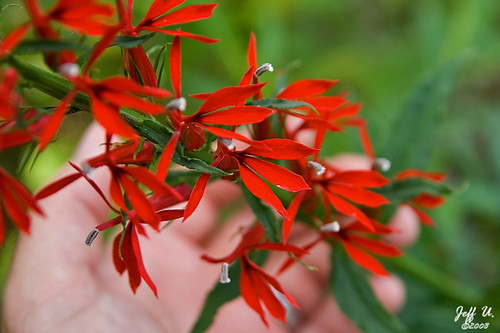Native Fish – Sunfish, Killies, Darters
August 14th, 2008I managed to get a few pictures of the native fish that I recently collected from the Potomac River in Virginia. I’m really happy with these fish so far. When I first put them in the tank, they went straight into the plants, not to be seen.
Since then, I’ve been feeding them blackworms, and have spent a lot of time in front of the tank, which seems to be getting them used to my presence. The sunnies, in particular, were quite shy to begin with. Now, it’s not unusual to see several of them out and about at the same time.
Many of the sunfish have also colored up quite a bit. Some of the younger ones don’t yet have their blue spots, but the older fish are actually quite striking. The little teardrop, or black stripe, under their eye reminds me of Bolivian Rams, Mikrogeophagus altispinosus.
In general, I tend to really enjoy lazy bottom dwellers, and this Tessellated Darter, Etheostoma olmstedi, is exactly that. I love how darters prop themselves up on their front fins, and just sit there waiting for food to come along.
He’s readily accepting blackworms, but even though I’m adding a few pellets with my other feedings to try and get him on commercial food, so far he’s not interested. The Banded Killifish, Fundulus diaphanus, are another one of the fish that are slowly calming down in my tank.
When I first introduced them, they would often jump from the water when I approached the tank. Now, they’re still staying close to the plant cover, but they’re at least out in the open, while keeping a close eye on me.
I’ve noticed that they have an interesting mouth that tends to open and unfold a little bit differently than other fish I’ve kept. I presume this is designed to suck surface bugs into their mouths. If I’m ever able to get a picture of it up close, I’ll post it. Overall, I’m still quite pleased with my recent acquisitions. All of the fish appear to be healthy, and should be a nice addition to my tank for some time.
